Remember Back In August When The San Francisco Municipal Transportation Agency (SFMTA) Asked For The

Remember back in August when the San Francisco Municipal Transportation Agency (SFMTA) asked for the public’s input on where future subways in the city might run by means of an interactive “draw a subway map” tool?
Well, thy’ve just released the collated results of that survey – wich had some 2,600 respondents – as a heat map, and the results are certainly definitive. It would seem that almost everyone wants a subway line along the length of Geary Boulevard, with another major “crosstown” connection running south along 19th Avenue. An extension of the Central Subway to Fort Mason also seems popular, as is – if you combined all the disparate routes into one – a second Transbay Tube.
Though these corridors have been identified, there’s still a lot more planning and funding work to be done before any concrete plans start to take shape. Still, an interesting conclusion to this little public outreach exercise! There’s also an online GIS-based version of this map showing all of the submitted ideas, but it takes forever to load all 2,600 of them!
Source: SFconnect website
More Posts from Stubborn-turtle-blog and Others
A Brief Intro To Pre-historic Egypt
Humans have lived in the Nile River valley since at least 30,000 BCE. Stone age communities hunted, gathered, and fished in the fertile river valley. Then, around 5,500 BCE, agricultural communities emerged. Over the next 3,400 years the communities became self-governing. Each community developed independently and at different rates politically, economically, socially, and culturally. Then suddenly, by 3,100 BCE, Egypt was politically unified with a highly efficient bureaucratic system and elaborate kingship rites worshiping a single ruler. How the transition happened between each of these stages of Egyptian history is an argument historians and archaeologists are still having.
Does No One Understand How To Deport A Man?
After visiting the Soviet Union in 1930, Massachusetts-born and reared Burton K. Wheeler, Democratic Senator from Montana, urged that the United States abandon its isolationist policy and extend diplomatic recognition to Russia. He had learned that Britain and France were buying U.S. cotton and selling it to the Russians, and thought that doing business directly with Russia might help pull the United States out of the growing depression.
When a newspaper in Red Lodge, Montana, said that wheeler ought to be deported for urging recognition of a Communist government, the Senator exclaimed: “Where would you deport me – back to Massachusetts?”
Squishy physics!
How physicists see other fields:
Biology: squishy physics
Geology: slow physics
Computer Science: virtual physics
Psychology: people physics
Chemistry: impure physics
Math: physics without units






RoboAction
Painting series by Dragan Ilić features abstracted mark-making using an industrial robot, sometimes carrying and guiding the artist himself:
The artist constantly transposes into the third dimension his decade’s long-running conceptual practice based on the usage of pencils as the basic draftsman’s tool, starting primarily with the media of performance art, installation and sculpture in extended field. Gradually, over the years, his expressive and mechanical compositions have become even more advanced with the development of modules, diverse in shape and sizes, devices designed for the task of mounting and holding his drawing tools, which has led ultimately to the construction of an appropriate drawing machine. Construed for non-artistic purposes, these robots have been reshaped into special draftsmanship implements with which the author is capable of processing his ideas at far greater speed and with considerably greater precision. The metamorphosis of the artistic work is positioned at a point where human and machine activity intersects, resulting in an interaction that is essentially based on the need to transcend the limitations of the human body.
More Here


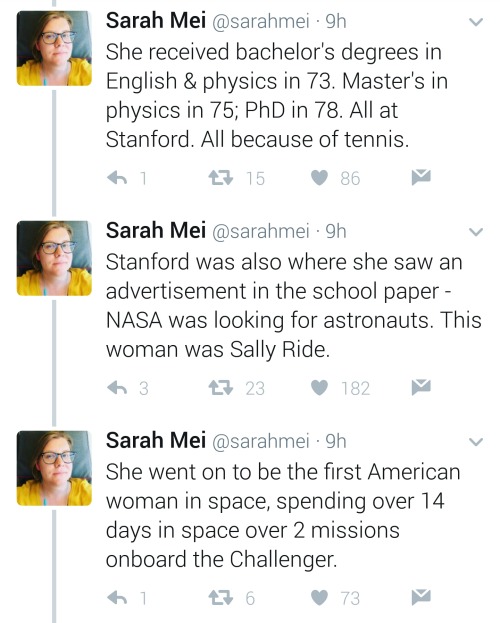
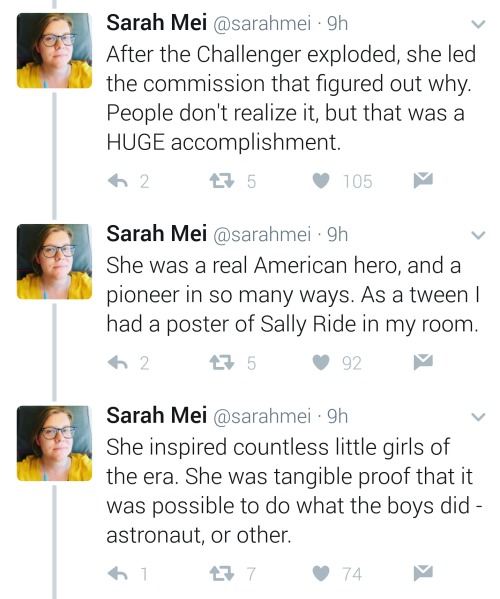
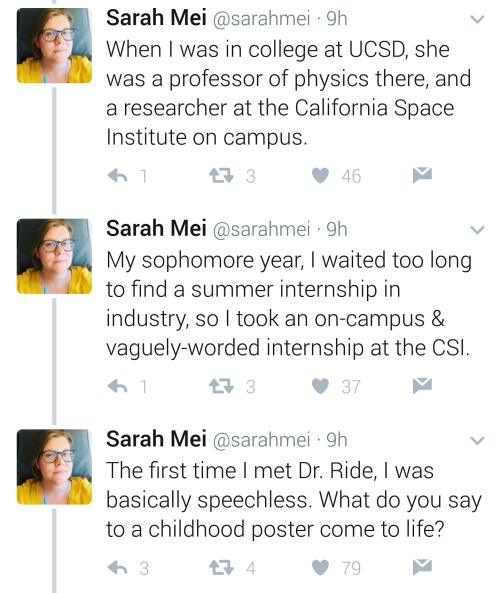
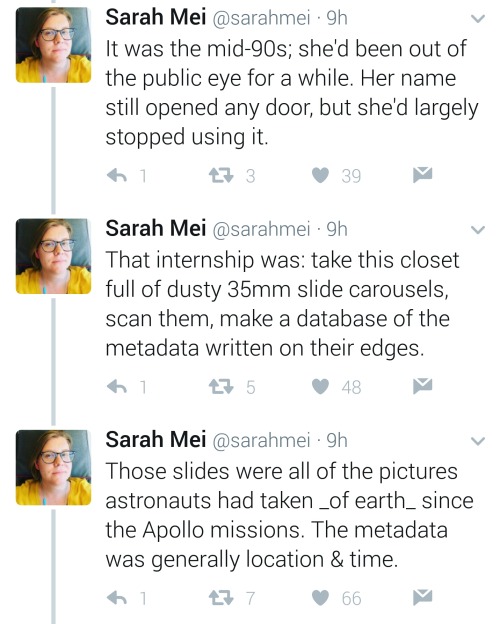
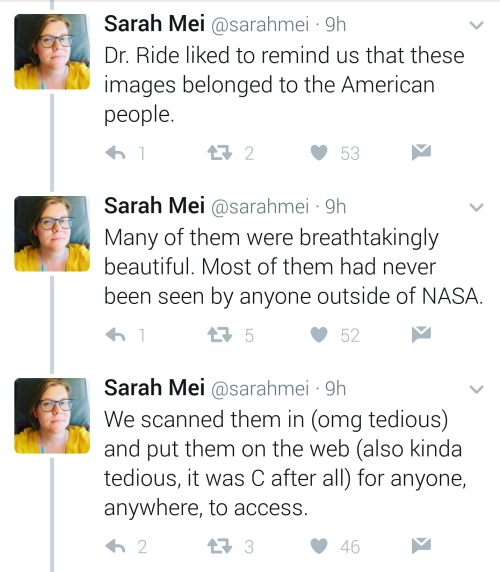
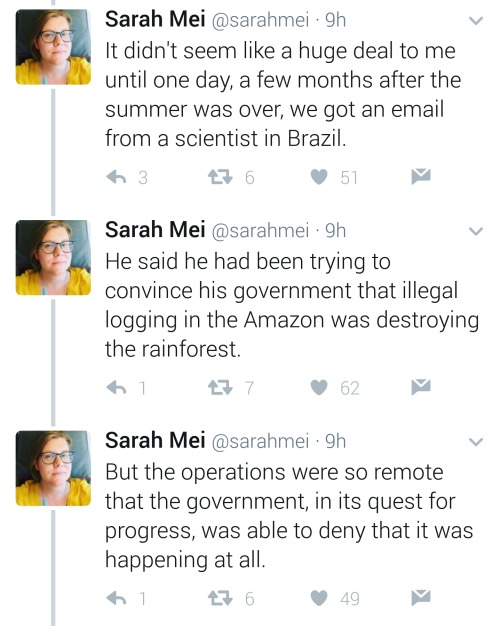
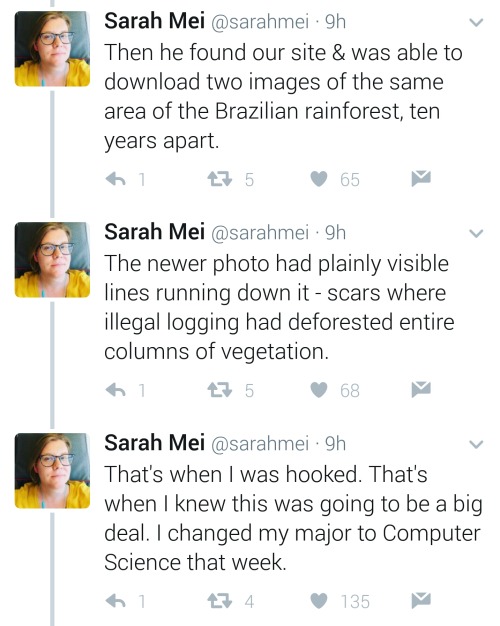
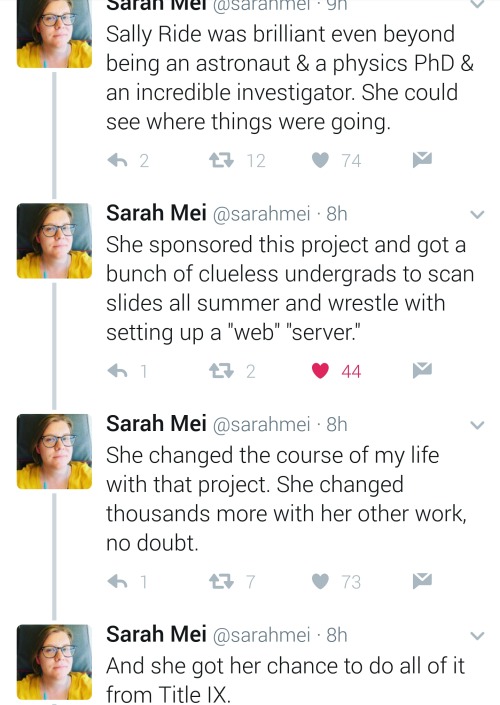
Equal opportunity benefits can be far-reaching
https://twitter.com/sarahmei/status/818682610712866817
debugging is a science. a really boring science, but a science nonetheless.
hypothesis
procedure
results
conclusion
repeating when you don’t get the result you were god damn looking for, why is it still printing that, there are zero print statements in this program what the fuck
Asteroid Terms: Explained
There are interesting asteroid characters in our solar system, including an asteroid that has its own moon and even one that is shaped like a dog bone! Our OSIRIS-REx mission launches at 7:05 p.m. EDT today and will travel to asteroid Bennu.

Scientists chose Bennu as the target of the OSIRIS-REx mission because of its composition, size and proximity to Earth. Bennu is a rare B-type asteroid (primitive and carbon-rich), which is expected to have organic compounds and water-bearing minerals like clays.
Our OSIRIS-REx mission will travel to Bennu and bring a small sample back to Earth for study.

When talking about asteroids, there are some terms scientists use that might not be in your typical vocabulary…but we’ll help with that!
Here are a few terms you should know:
Orbital Eccentricity: This number describes the shape of an asteroid’s orbit by how elliptical it is. For asteroids in orbit around the sun, eccentricity is a number between 0 and 1, with 0 being a perfectly circular orbit and 0.99 being a highly elliptical orbit.
Inclination: The angle, in degrees, of how tilted an asteroid’s orbit is compared to another plane of reference, usually the plane of the Earth’s orbit around the sun.
Orbital Period: The number of days it takes for an asteroid to revolve once around the sun. For example, the Earth’s orbital period is 365 days.
Perihelion Distance: The distance between an asteroid and the sun when the asteroid is closest to the sun.
Aphelion Distance: The distance between the asteroid and the sun when the asteroid is farthest away from the sun.
Astronomical unit: A distance unit commonly used to describe orbits of objects around the sun. The distance from the Earth to the sun is one astronomical unit, or 1 AU, equivalent to about 93 million miles or 150 million kilometers.
Diameter: A measure of the size of an asteroid. It is the length of a line from a point on the surface, through the center of the asteroid, extending out to the opposite surface. Irregularly shaped asteroids may have different diameters depending on which direction they are measured.
Rotation Period: The time it takes for an asteroid to complete one revolution around its axis of rotation. For example, the rotation period of the Earth is approximately 24 hours, or 1 day.
Spectral Type: The classification of an asteroid, based on a measurement of the light reflected by the asteroid.

Watch live launch coverage of OSIRIS-REx to asteroid Bennu starting at 5:30 p.m, on NASA TV: http://www.nasa.gov/nasatv
Make sure to follow us on Tumblr for your regular dose of space: http://nasa.tumblr.com
New on my Skyrim to do list...

Gotta love that Bethesda programming.
The wood siding could age badly unless it's well-treated, but otherwise cool.
-
 inspectorjims-blog liked this · 6 years ago
inspectorjims-blog liked this · 6 years ago -
 letsdutifullyjollystudent liked this · 6 years ago
letsdutifullyjollystudent liked this · 6 years ago -
 alohaquizzer reblogged this · 7 years ago
alohaquizzer reblogged this · 7 years ago -
 alohaquizzer liked this · 7 years ago
alohaquizzer liked this · 7 years ago -
 throwmeawaytohellpls-blog liked this · 7 years ago
throwmeawaytohellpls-blog liked this · 7 years ago -
 the-thot-that-counts liked this · 8 years ago
the-thot-that-counts liked this · 8 years ago -
 joey-miranda liked this · 8 years ago
joey-miranda liked this · 8 years ago -
 vincent-the-platypus liked this · 8 years ago
vincent-the-platypus liked this · 8 years ago -
 defectivecompass reblogged this · 8 years ago
defectivecompass reblogged this · 8 years ago -
 sharpgis reblogged this · 8 years ago
sharpgis reblogged this · 8 years ago -
 sharpgis liked this · 8 years ago
sharpgis liked this · 8 years ago -
 jamidarcy reblogged this · 8 years ago
jamidarcy reblogged this · 8 years ago -
 jamidarcy liked this · 8 years ago
jamidarcy liked this · 8 years ago -
 mjb90025 liked this · 8 years ago
mjb90025 liked this · 8 years ago -
 directorscutandsomeotherstuff liked this · 8 years ago
directorscutandsomeotherstuff liked this · 8 years ago -
 lucernesworld liked this · 8 years ago
lucernesworld liked this · 8 years ago -
 skyblue20902 liked this · 8 years ago
skyblue20902 liked this · 8 years ago -
 pyrotec729 reblogged this · 8 years ago
pyrotec729 reblogged this · 8 years ago -
 reservedhippie liked this · 8 years ago
reservedhippie liked this · 8 years ago -
 pretzels-n-sweets-blog reblogged this · 8 years ago
pretzels-n-sweets-blog reblogged this · 8 years ago -
 climate-changing liked this · 8 years ago
climate-changing liked this · 8 years ago -
 arborousness reblogged this · 8 years ago
arborousness reblogged this · 8 years ago -
 intheeyeofadiamond liked this · 8 years ago
intheeyeofadiamond liked this · 8 years ago -
 bystander3 liked this · 8 years ago
bystander3 liked this · 8 years ago -
 syysmyrskyn-kirjeet reblogged this · 8 years ago
syysmyrskyn-kirjeet reblogged this · 8 years ago -
 vapaus-ystavyys-tasaarvo liked this · 8 years ago
vapaus-ystavyys-tasaarvo liked this · 8 years ago -
 whiskypapawhisky reblogged this · 8 years ago
whiskypapawhisky reblogged this · 8 years ago -
 pyrotec729 reblogged this · 8 years ago
pyrotec729 reblogged this · 8 years ago -
 pyrotec729 liked this · 8 years ago
pyrotec729 liked this · 8 years ago -
 dyatica reblogged this · 8 years ago
dyatica reblogged this · 8 years ago -
 mikeg-bean liked this · 8 years ago
mikeg-bean liked this · 8 years ago -
 gracedwithsurvival liked this · 8 years ago
gracedwithsurvival liked this · 8 years ago -
 memoriahistoria reblogged this · 8 years ago
memoriahistoria reblogged this · 8 years ago -
 memoriahistoria liked this · 8 years ago
memoriahistoria liked this · 8 years ago -
 willstr1 reblogged this · 8 years ago
willstr1 reblogged this · 8 years ago -
 redroseskickass liked this · 8 years ago
redroseskickass liked this · 8 years ago -
 lapisbitch reblogged this · 8 years ago
lapisbitch reblogged this · 8 years ago -
 maplibrary reblogged this · 8 years ago
maplibrary reblogged this · 8 years ago -
 itsathought2 liked this · 8 years ago
itsathought2 liked this · 8 years ago -
 fudgebrownys reblogged this · 8 years ago
fudgebrownys reblogged this · 8 years ago
Gaming, Science, History, Feminism, and all other manners of geekery. Also a lot of dance
243 posts









